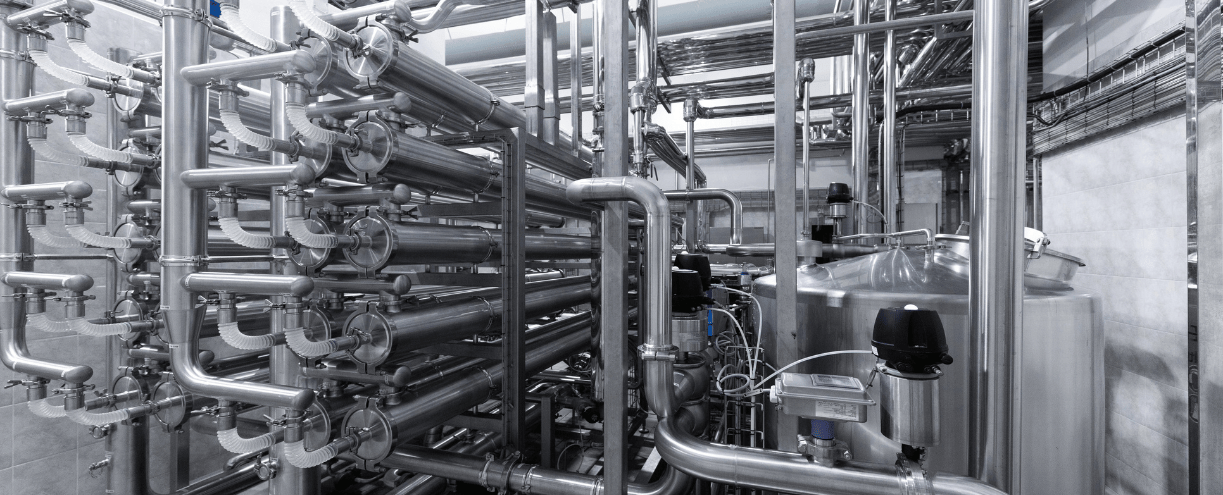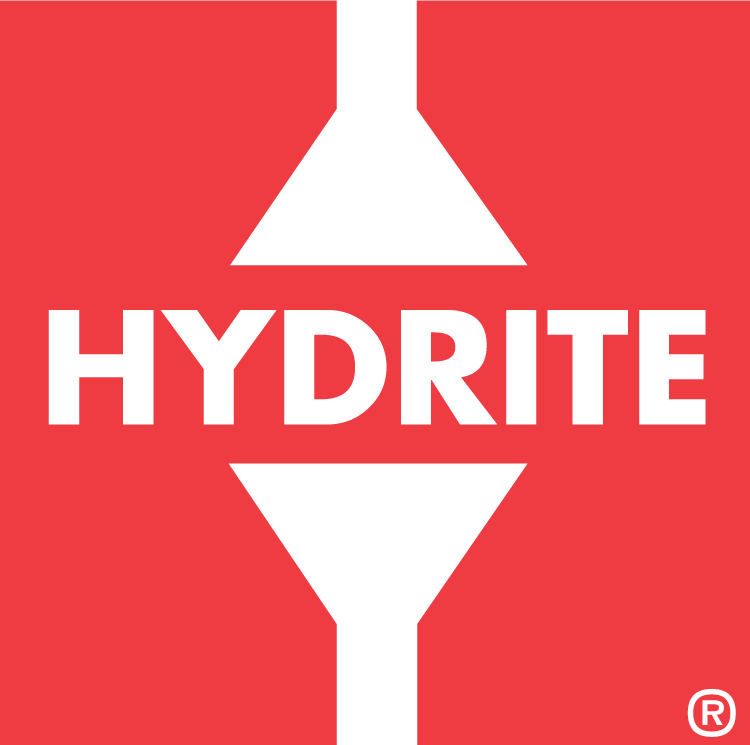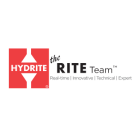
Built Alkaline Membrane Cleaners
When cleaning spiral-wound sanitary membrane filtration systems, the amount of chemical used is ultimately regulated by the maximum pH level that the membranes can tolerate. This is set by the membrane element manufacturer.
In very simplistic terms, pH is a measure of the hydronium (H + ) ion concentration in a solution. When acids are added to water, they ionize and release H+ ions into solution. Hydrochloric acid (HCl) added to water, dissociates into H + (hydronium) and Cl- (chloride) ions. When caustics are added to water, they ionize and release OH - (hydroxyl) ions into solution. Acidic solutions have more H+ ions than OH- ions. Alkaline solutions have more OH- ions than H+ ions.
There are two general types of alkaline cleaning products used in the food processing industry:
- Heavy-duty commodity-type caustics
- Contain mainly sodium or potassium hydroxide (NaOH or KOH) and possibly a small amount of chelator such as sodium gluconate or sodium phosphonate
- “Built” alkaline products
- Typically contain a lesser amount of NaOH or KOH, but contain other additives such as solvents, surfactants, chelators, and alkaline salts or “builders”
- The alkaline “builders” may be components such as phosphate or carbonate salts
- Phosphate and carbonate salts are derived from phosphoric acid or carbon dioxide that has been neutralized with a caustic chemical—such as Disodium Phosphate or Sodium Carbonate. These phosphate and carbonate salts yield an alkaline pH when dissolved in water.
Strong Alkaline Products vs. Weak Alkaline Products
The term strong and weak in this context does not necessarily refer to the product’s ability to clean soil. Rather, the terms refer to the products degree of ionization when dissolved in water.
For example:
Sodium Hydroxide (NaOH) is a strong base. This means that when you dissolve sodium hydroxide (or potassium hydroxide) in water, 100% of it dissociates into ions (noted by the right pointing arrow):
NaOH + H2O → Na+(aq) + OH-(aq)
The OH- ion is what reacts with acidic organic soils (proteins, fats) and gives the cleaning solution a high pH. Since 100% of the sodium hydroxide dissociates into ions when dissolved in water, very small amounts of caustic soda added to water will drive the pH over 12. Therefore, only small amounts of commodity-type caustic products can be added to a membrane system without exceeding the membrane manufacturer’s pH limitations. Frequent additions may be necessary to maintain the desired cleaning pH range.
Sodium Carbonate (Na2CO3) is a weaker base than Sodium Hydroxide (NaOH). Sodium carbonate is made by reacting carbon dioxide (CO2), that forms Carbonic Acid (H2CO3) when dissolved in water, with Caustic Soda (NaOH). The acid and base neutralize one another and form an alkaline salt, sodium carbonate (Na2CO3). When sodium carbonate is dissolved in water, it also ionizes as shown below:
Na2CO3 + H2O → 2Na+(aq) + CO32-(aq)
The formed Carbonate ions (CO32-) hydrolyze, or combine with water, to form bicarbonate (HCO3-) ions and hydroxide (OH-) ions according to the equilibrium equation:
CO32-(aq) + H2O ⇌ HCO3-(aq) + OH-(aq)
The equilibrium arrows (⇌) indicate than a fraction of the carbonate (CO32-) ions combine with water to form bicarbonate (HCO3-) ions and release hydroxide (OH-) ions. This is why sodium carbonate, when dissolved in water, has an alkaline pH (it increases the OH- ion concentration in the solution).
Stated again, there is not a 100% dissociation of the carbonate into bicarbonate and hydroxide ion (OH-). Since the reaction is at an equilibrium, as the caustic (OH-) in solution is removed (neutralized by soil), more of the carbonate (CO32-) combines with water to release more OH- and the equilibrium concentrations are maintained.
Stated simply, cleaning solutions that contain alkaline salts, have “reserve alkalinity” and can release more caustic (OH-) as the current caustic in solution is neutralized by soil. Because alkaline salts, or alkaline builders, do not release all their alkalinity (OH-) at once when dissolved in water, a greater quantity can be added to a membrane system without exceeding the membrane pH limitations. Therefore, “built” caustic solutions have more cleaning capacity and will maintain the desired solution pH much better than commodity caustic cleaning products.
Hydrite’s alkaline membrane cleaners contain both commodity-type caustic and alkaline builders. The commodity-type caustic helps to achieve the desired cleaning pH quickly, without having to add excessive amounts of chemical. The “alkaline builder” portion of the cleaning solution serves to provide reserve alkalinity that is released as the commodity-type caustic is neutralized. This reserve alkalinity serves to maintain the desired pH of the wash solution throughout the course of the cleaning cycle.
Note: “(aq)” is a designation that means “aqueous” or “dissolved in water”.
Reach out to The RITE Team® for more information on “commodity” vs. “built” alkaline membrane cleaning products.

